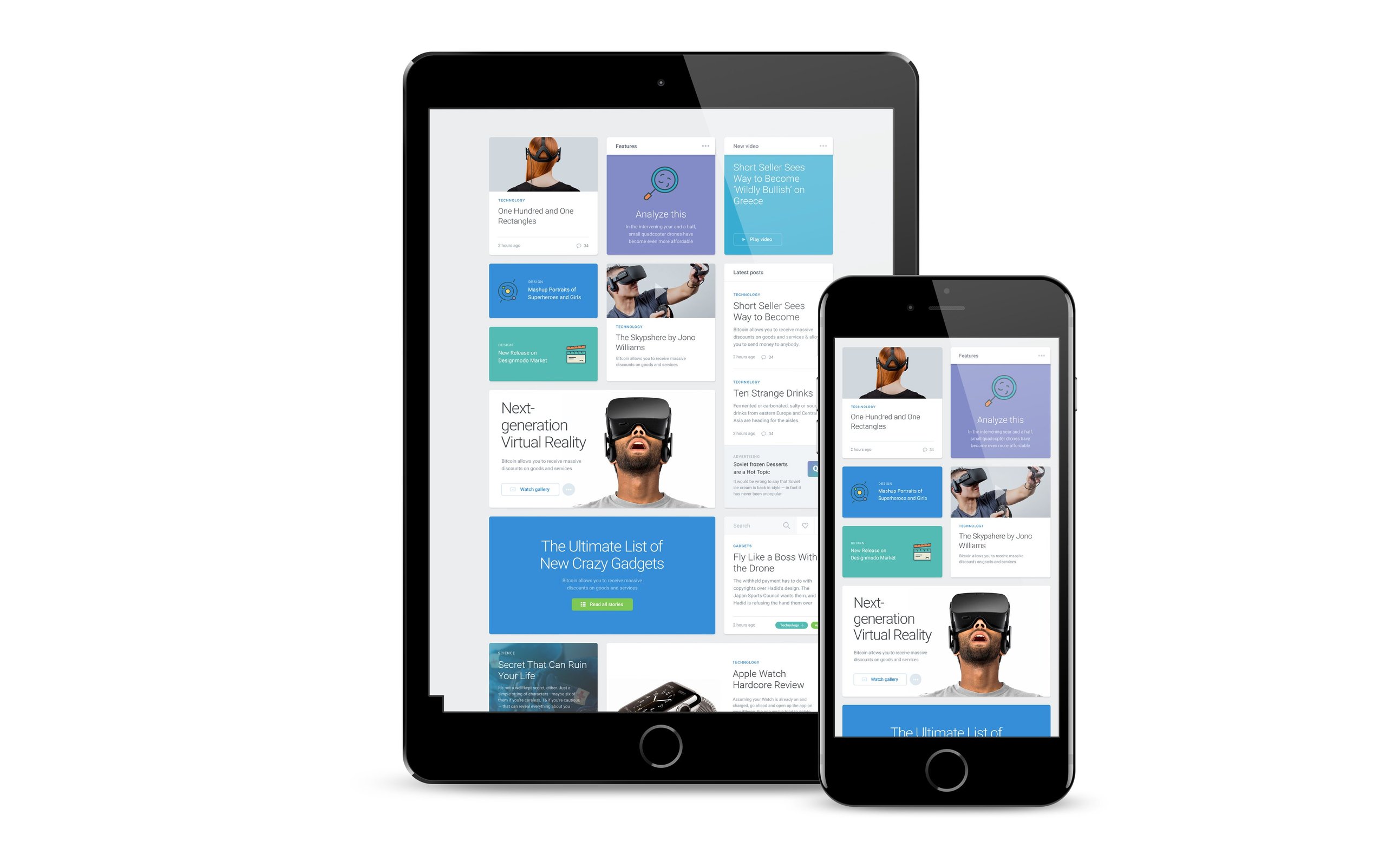In today’s world, mobile design is one of the crucial stages of web designing, and you will have to go through multiple essential factors to test the design and pass it. You don’t want to have a website that gives out lousy user experience. If you are not focusing on creating an excellent mobile web design, then you will end up facing a lot of issues related to the user experience which will result in loss of conversions. For all the test analysts out there, it is necessary to focus on the ways to improve the overall responsiveness of the website.
However, test analysts also face a lot of problems and challenges while testing the responsiveness of the website. To remove all those challenges, you will have to focus on a few basic things, and you will have to use the right tools to improve your testing process. It is necessary for you to have a website designed which looks excellent across all the modern devices. You don’t want a bad user experience especially if it is your website. Here, we will be discussing a few challenges of testing website responsively in various devices.
Have a testing strategy throughout the project
One of the most important things that you will have to focus on is to create a proper testing strategy that will work throughout the project. It means you have to keep testing the responsiveness of the website at every stage. Make sure that there is nothing wrong with the design. Most of the time, front-end developers tend to face a lot of problems before the site is submitted to the CMS developers. It is always necessary for you to put an end to all the responsive issues before starting CMS development of the website.
Of course, it can be tough to test the website on all the devices as most of the companies don’t have enough resources. To improve the testing process, you should check out the traffic sources by visiting Google Analytics so you can get a list of the devices that are used most of the time. You should never wait till the end of the project, and you should keep testing the websites in its various stages. It is the right way to shape up things and avoid multiple challenges later on.
Manage your time smartly
Time management is the key for every business. If you have multiple devices in your workplace and you are always testing your websites on them, then it is necessary for you to manage your time smartly. Make sure that you are keeping the devices charged and ready for testing your website. It will help you save time, and you can end the responsive test process quickly. If you are not managing your time correctly, then it will add up and look like a huge wall to conquer.
All devices not created equally
Another important thing, as a test analyst, you should be aware of. You must be mindful of the nature of devices that you are going to check for the responsiveness of your website. All devices are not created equally and the operating system used can make things a lot difficult. Cross browser checking is absolutely necessary, and you should focus on checking the responsive design on the most popular devices so you can avoid all the problems later on.

Create a list of common responsive website checks
As a test analyst, you should always create a list of the common responsive website checks so you can avoid all the problems quickly. This list will include testing the page loading, user interaction, optimisation, text alignment, and multiple other things. If you have created a proper checklist, then it will become a lot easier for you to avoid various challenges of testing website responsively in various devices.
What tools can be used to make the process easy?
To improve the process of testing responsiveness of your website, you can also use multiple free tools that will help you get rid of the challenges. You can cross check browsers and test the responsiveness of the website without facing any problems.
BrowserSync
BrowserSync is one of the best tools available out there for testing the responsiveness of the website. It gives you multiple great features including UI and CLI control, Sync customisation, URL history, interaction sync and much more. It gives you the best way to improve the UI experience.
BrowserStack
This specific tool is used by many website developers, and it is one of the most popular tools out there. BrowserStack will provide you more than 1000 desktop and mobile browsers for complete testing of your website design. You can test your site live, and it also gives you real iOS and Android device testing.
Screenfly
Screenfly is another excellent option when you are searching for the best tools to test the responsiveness of your website. The tool is straightforward to use, and you just have to enter the web page’s URL and select the device type and screen size. Then you can see how the page responds on different devices. You can test the responsiveness of your website on desktops, smartphones, and tablets.
LambdaTest
LambdaTest is a cross-browser testing tool that will help you improve things for your website. If you want to check the responsiveness of your website, then it can be the perfect option for you. It will allow you to test your website on more than 22,000 browsers, operating systems, and mobiles. You can check the responsiveness of the website on the separate tab using this tool.
Final Thoughts
Responsiveness of the website is one major factor that you will have to consider nowadays. After the Google policy of mobile first, it becomes necessary for the web developers and designers to focus on the responsiveness of the website. Your major portion of traffic will come from mobile devices and tablets. Considering that, it is vital to have a highly responsive website for your enterprise.
